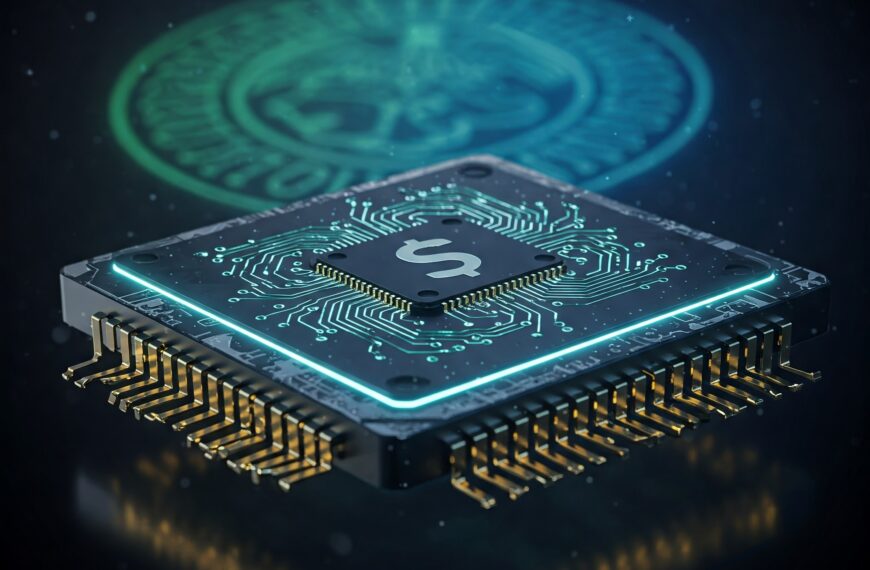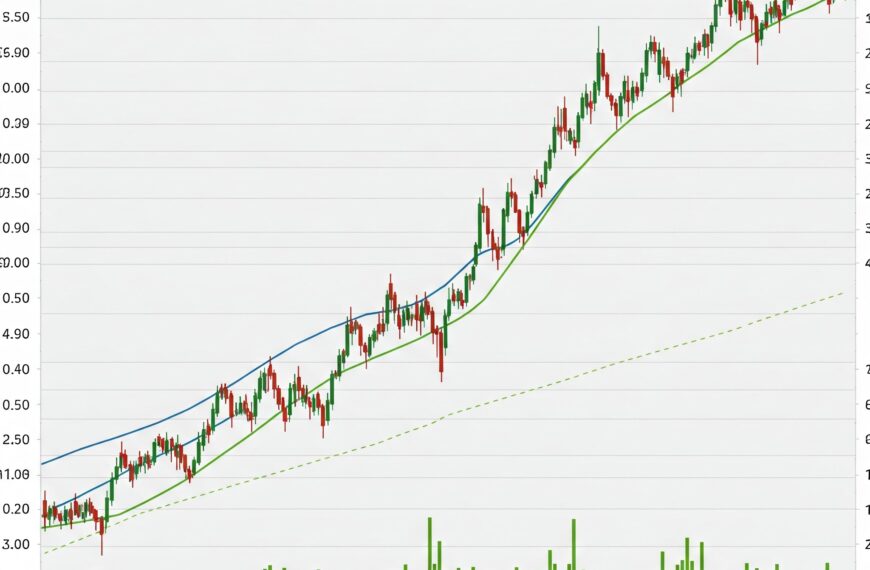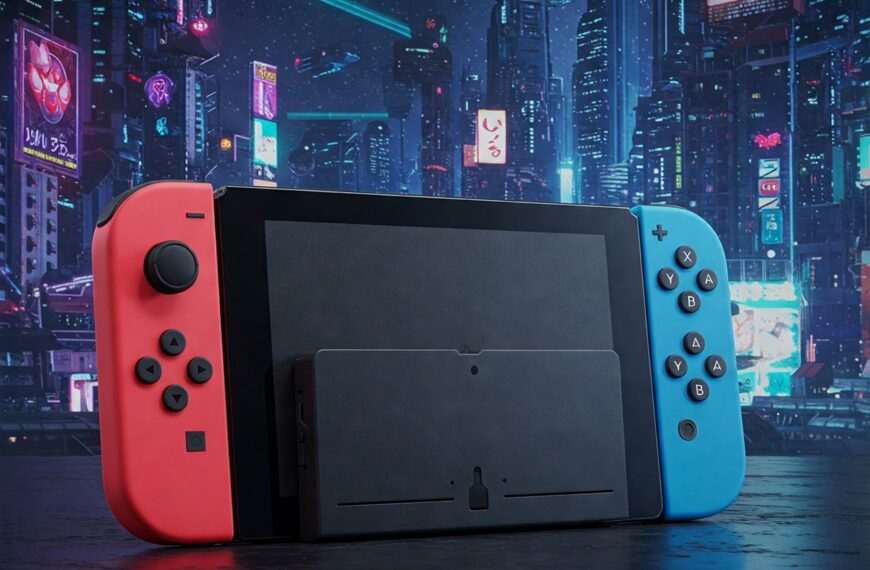The semiconductor industry is undergoing significant transformations, marked by groundbreaking innovations and strategic leadership shifts. Recent developments from industry giants like Nvidia and Intel are poised to reshape the technological landscape, influencing markets and consumers alike.
Nvidia’s GTC 2025: Pioneering the Future of AI and Computing
At the recent GTC 2025 conference, Nvidia’s CEO, Jensen Huang, unveiled a series of advancements that underscore the company’s commitment to pushing the boundaries of technology. Key announcements included:
Personal AI Supercomputers
- Nvidia introduced the DGX Spark and DGX Station, designed to bridge the gap between local and cloud-based AI workflows.
- The DGX Spark, touted as the world’s smallest AI supercomputer, delivers up to 1,000 trillion operations per second.
- The DGX Station boasts 784GB of memory and 800Gb/s networking speeds.
Next-Generation AI Chips
- Nvidia announced the upcoming Blackwell Ultra chip, slated for release later this year.
- The Vera Rubin AI superchip platform, expected in H2 2026, will be followed by Vera Rubin Ultra in 2027.
- The Rubin Ultra will feature 576 GPUs per server rack, requiring 600 kilowatts of power per rack.
Advancements in Robotics
- In collaboration with Disney Research and Google DeepMind, Nvidia unveiled “Blue,” a robot featuring new robotics technologies.
- Disney plans to showcase BDX droids in its theme parks next year.
Despite these groundbreaking announcements, Nvidia’s stock experienced a 3.4% decline following the keynote. This dip reflects investor concerns about future chip demand and potential revenue growth deceleration, especially in light of competition from companies like China’s DeepSeek.
Intel’s Leadership Transition: A Strategic Pivot
Intel has appointed Lip-Bu Tan as the new CEO, effective March 18th, succeeding interim co-CEOs David Zinsner and Michelle Johnston Holthaus. Tan, formerly the CEO of Cadence Design Systems and a previous Intel board member, is set to implement significant changes to revitalize the company.
Strategic Initiatives
- Operational Restructuring: Plans to streamline manufacturing operations, particularly focusing on AI chips and reducing staff to enhance competitiveness. Intel is cutting middle-management layers to improve efficiency.
- Product Innovation: Intel aims to introduce new semiconductor architectures for AI servers by 2027, positioning itself to compete more effectively with Nvidia and Broadcom.
Following Tan’s appointment, Intel’s stock experienced a notable surge:
- Shares rose 8.1% on the announcement day and accumulated a 21% increase over five days.
- However, shares later dropped 6.7%, potentially due to profit-taking and market adjustments ahead of upcoming Federal Reserve decisions.
Market Performance Overview
| Company | Stock Performance Post-Announcement |
|---|---|
| Nvidia | Decreased by 3.4% |
| Intel | Increased by 8.1% initially; subsequent 6.7% drop |
Conclusion
The semiconductor industry’s landscape is rapidly evolving, driven by technological innovations and strategic leadership changes. Nvidia’s advancements in AI and computing, coupled with Intel’s restructuring under new leadership, highlight a dynamic sector poised for significant growth and transformation. Investors and stakeholders should closely monitor these developments, as they will undoubtedly influence market dynamics and technological progress in the coming years.
















